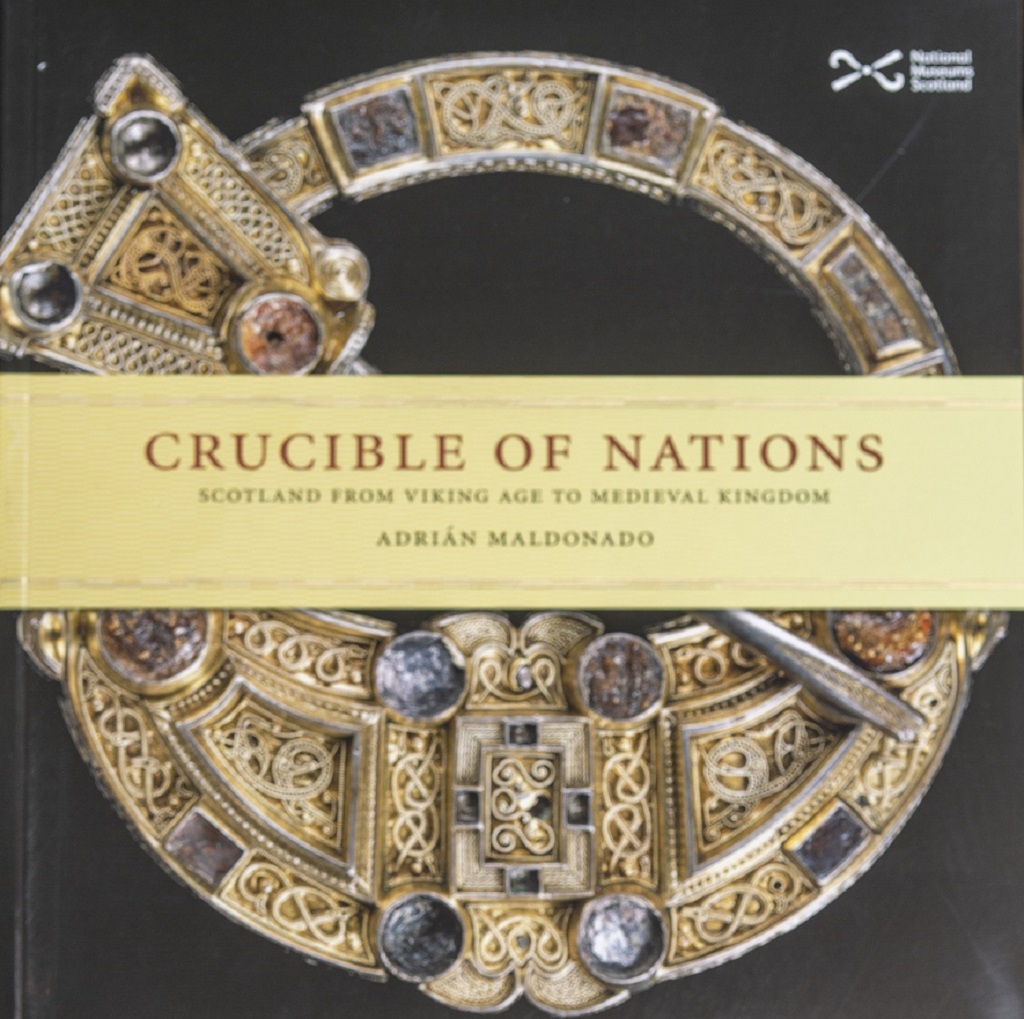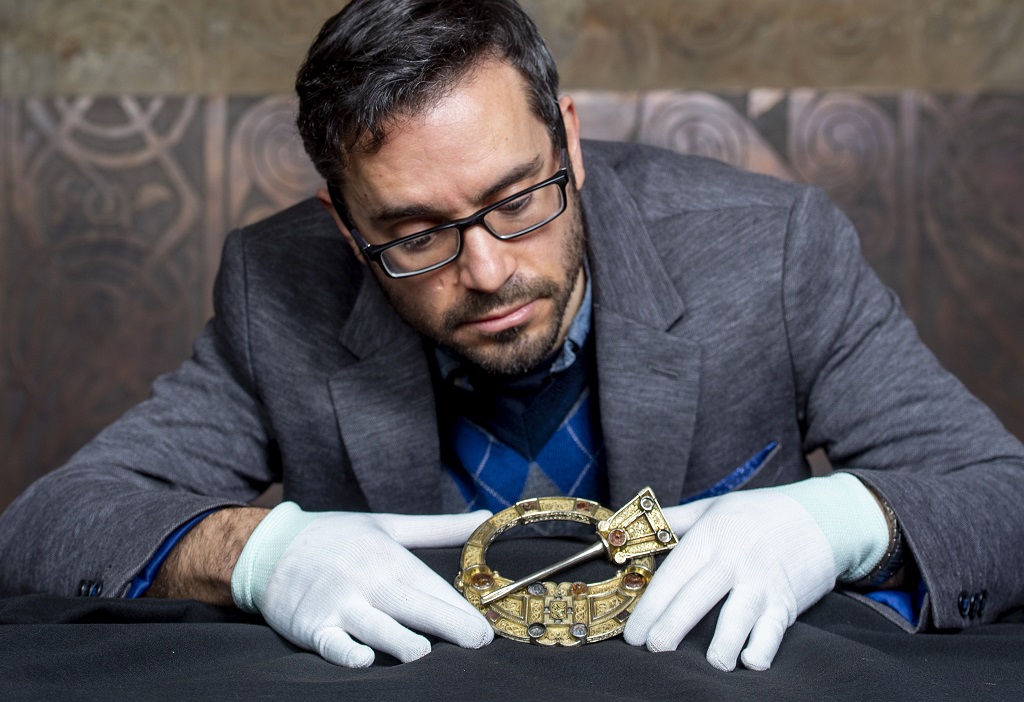A new book, Crucible of Nations: Scotland from Viking Age to Medieval Kingdom, reveals that Scotland was a melting pot of diverse ideas from as early as the medieval era.
The book presents a new understanding of the archaeology of Scotland from the 9th to 12th centuries AD, covering the Viking Age to the formation of the kingdom of Scotland.
The extensive study of hundreds of artefacts offers a fresh perspective on the period, tracing the way in which the kingdom of Scotland was forged from the interaction between several cultural groupings – including people speaking languages such as Pictish, Gaelic, British, Old English and Old Norse. Many objects indicate the sharing of ideas, language, techniques and materials across a diverse population which the evidence suggests interacted and moved around more than was previously thought.
Crucible of Nations looks at the impact of the Vikings, the disappearance of The Picts and the emergence of Alba, the Gaelic-speaking kingdom that formed the core of the medieval kingdom of Scotland.

Crucible of Nations: Scotland from Viking Age to Medieval Kingdom, by Dr Adrian Maldonado
The book, written by National Museums Scotland’s Dr Adrián Maldonado, is the latest instalment from the Glenmorangie Research Project, a 13-year partnership which has seen the medieval archaeology of Scotland from the early medieval period to the end of the Viking Age examined in a way that has never been done before.
The richly illustrated book contains over 200 new images of objects from the National Collection, from iconic items such as the Hunterston Brooch and the Skaill Hoard to new discoveries such as an Anglo-Saxon runic inscription from the Pictish kingdom and a carnelian bead from as far afield as India found in the Scottish Borders.
Dr Adrián Maldonado, Glenmorangie Research Fellow at National Museums Scotland said: ‘Crucible of Nations explores what material evidence tells us about this important, yet poorly understood period in Scottish history. What’s new here is that we take in multiple perspectives on the events of this the Viking Age – Picts, Gaels, Britons, Scandinavians, and Anglo-Saxons, all living in this one corner of Britain. There is more to the Viking Age than just Vikings.
‘When we examine these collections together, the archaeology gives us a much bigger picture of a Scotland forged by its diversity, with new identities born out of shared experience. One of the most surprising insights is how much of what we think of as ‘Viking’ material in Scotland includes things made in Britain and Ireland.’
Dr Chris Breward, Director of National Museums Scotland, said: ‘Crucible of Nations is a case study in the importance of a collection like that of National Museums Scotland. The nature of our collections and expertise enables us not just to study and preserve recent discoveries like the Galloway Hoard, but also to go back and apply new thinking and technology to existing material, and to make new discoveries. It also shows the value of dedicated research, and great credit is due to The Glenmorangie Company for having supported this innovative partnership research model for the last 13 years.’

Dr Adrian Maldonado, Glenmorangie Research Fellow at National Museums Scotland, with the Hunterston Brooch, one of the museum’s most prized medieval objects (Photo: Neil Hanna)
Since its launch in 2008, the Glenmorangie Research Project has enabled National Museums Scotland to enhance public understanding of the archaeology and history of medieval Scotland through two major publications and a host of other activity ranging from artistic commissions to exhibitions including Scotland’s Early Silver.
Thomas Moradpour, President and CEO of The Glenmorangie Company said: ‘We are delighted to have supported the production of this wonderful publication, whose rich illustration and new insights show the value of a project which began more than a decade ago, and which delves into this pivotal period when Scotland became a nation.’
The project is a pioneering partnership between The Glenmorangie Company and National Museums Scotland that was inspired by the Hilton of Cadboll stone. This early medieval sculpture was found close to the Glenmorangie distillery in Tain, Easter Ross, and is on display at the National Museum of Scotland in the Early People gallery. The carvings on the stone provided the inspiration for the Glenmorangie brand logo.
Crucible of Nations: Viking Age to Medieval Scotland is out now and available to order online from Books – National Museums Scotland Shop, in the shop at the National Museum of Scotland and in all good bookshops
The book was the subject of a recent online event, The Glenmorangie Annual Lecture, hosted by Sally Magnusson with contributions from Adrián Maldonado and historian Michael Wood. A recording of the event is online: Rediscovering Viking-age Scotland with Michael Wood.
Find out more about the project atnms.ac.uk/glenmorangie
TAGS

